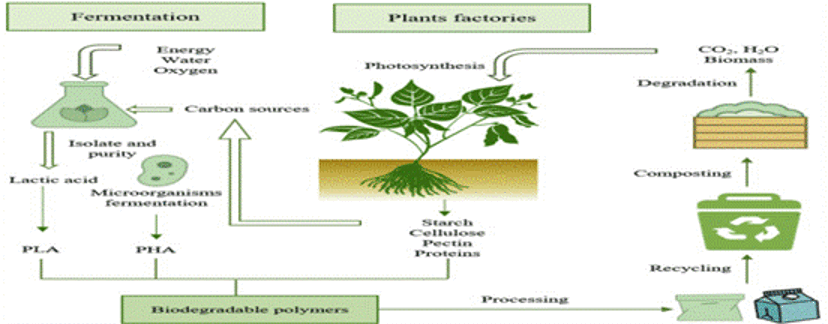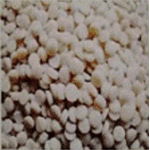Biodegradable Plastic Resins
During the last seventy years since 1950, the plastic products have deeply and widely entered every aspect of human life. Because of lightweight, durable and cost-effective, the plastic products have tremendously improved the modern life quality. However, the large quantity of plastics in everyday life has created huge amounts plastic waste that increased the municipal burden on plastic waste management. Every year, only 30% of plastic waste was recycled and ground up to be remolded, 40% plastic waste ended up in landfills and another large amount-30% of plastic waste entered the environment that polluted oceans, rivers and soils. In the twenty-first century, the plastic waste has become a big environmental challenge. Elimination of plastic waste pollution becomes an urgent task for the world.
Biodegradable polymers bring a new hope for the world. In the twenty-first century, scientists have developed a new generation of biodegradable polymers, such as PLA-polylactic acid, PHA-polyhydroxyalkanoates, PBS-polybutylene succinate, and PBAT-polybutylene adipate terephthalate, and others.
Biodegradation is the common property of PLA, PHA, PBS, and PBTA, which can be completely converted into water, CO2, and biomass during decomposition by microorganisms such as bacteria and fungi under enzyme catalytic reaction. Biodegradation of plastics switched plastic waste from a dead–end, environmental pollutant, to a new route to bio-renewal. Among the biodegradable polymers, PLA and PHA are derived from renewable natural resources such as sugarcane and other crop plants by fermentation under micro-biochemistry reaction. Using renewable natural sources to make biodegradable plastics turns plastic products into a natural and eco-friendly bio-plastic lifecycle, which will eliminate plastic waste pollution in the environment and allow the wider and deeper use of plastics for human life.

Biodegradable plastic resins are divided into two classes, monopolymer and blended polymers.
Some polymers are used in monopolymers under special application, such as PLA in 3-D printing; some polymers are blended together to compensate for monopolymer weaknesses to suitable all conventional plastics production methods such as blow molding, casting, extrusion/hot pressing, injection molding, etc. At the current time, biodegradable bags have appeared the packaging industry in countries such as USA and China, as well as biodegradable disposable tableware in China and food packaging in EU countries. We believe that biodegradable plastics will finally replace non-biodegradable plastics and eliminate plastic pollution in the world.
Our biodegradable polymers are PLA-Polylactic Acid, PHA-Polyhydroxyalkanoate, PBS-Polybutylene Succinate and PBAT-Polybutylene Adipate Terephthalate.




